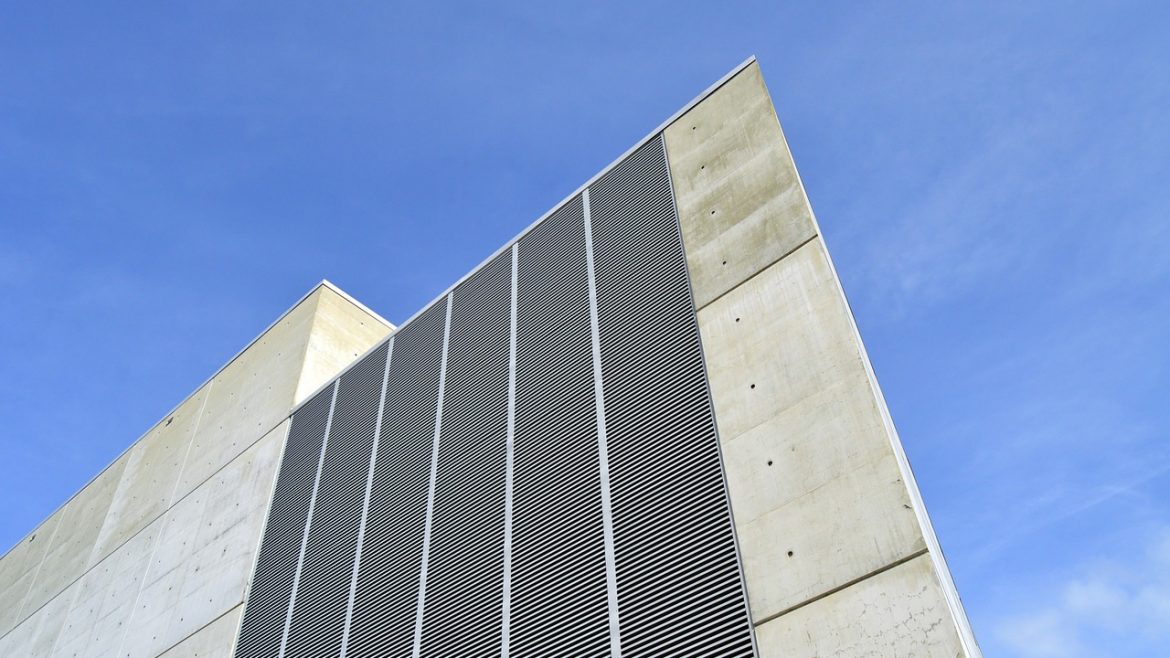The road to smarter buildings & facilities management with IoT
https://energymanagementsummit.co.uk/wp-content/uploads/2023/05/smart-buildings-3682105_1280.jpg 960 640 Guest Post Guest Post https://secure.gravatar.com/avatar/cb2a67f15cd7d053d8e638a1df3fd67f?s=96&d=mm&r=gInflation, energy costs and the cost of living are increasingly causing challenges for businesses and consumers. This is resulting in higher operational costs for organisations to not only manage, but run their facilities – placing pressure on facility managers’ shoulders to operate their sites more cost effectively and productively. In addition, the industry faces labour and skills shortages, which are causing operational challenges for many teams.
That in mind, what should facility managers consider as they strive to cope with these pressures? Moreover, what is the role of people alongside technology in managing facilities during 2023 – especially as buildings become smarter, digital transformation continues to thrive, and IoT becomes affordable? Chris Potts, Marketing Director, ANT Telecom discusses how IoT monitoring can support smarter and more effective facilities management…
The role of people and technology
One of the problems many facilities managers come up against in managing their sites is that they lack the time, resources and information required to do so. With the many sites and the many systems required to keep a building functioning, facilities managers are up against it as they travel from site to site, or from one part of a property to another, to check the status of their facilities.
This often comprises assessing if facilities are safe and secure, and that occupants are happy in the environment that they operate in. Factors that many facilities managers are often checking include room temperatures; whether there is enough good lighting (especially for those that are not near a window); and they are increasingly focusing on ensuring areas are properly ventilated in efforts to ensure that premises do not become too stuffy or difficult to concentrate in, promoting productivity.
So, they are continuously monitoring whether critical systems, such as Heating, Ventilation and Air Conditioning (HVAC) systems, are in good working condition – as we all know, it can very disruptive on hot or cold days if these systems fail, because they can make conditions difficult to work in. Further, facilities managers face the constant battle of providing people accessing a space an optimum room temperature – one colleague wants a warmer office, another complains that it’s too cold. What is the best way to control this without true knowledge about the state of play?
The challenge here is that facilities managers often do not have reliable, intelligent data to draw on to help manage room or site temperatures. It’s very difficult to know what the current temperature of a room is unless they’re continually checked, which is very time consuming. It’s also impractical to do this manually on a daily basis, when facilities management teams are already stretched and responsible for multiple sites and systems. However, despite the time and effort required to do this, it’s quite a common process in many industries to monitor HVAC, environments and equipment manually.
Manual processes, ripe for improvement
Take the food and hospitality sector as another example. Staff often manually monitor and record the temperature of fridges/freezers regularly throughout the day to ensure appliances are working correctly and that food remains fresh and good to eat. Similarly, in hospitals, care homes and hotels staff are typically tasked twice weekly to systematically flush all water outlets (e.g. taps and showers) to measure water temperature, and to record all activity to control the risk of legionella growth.
Organisations are also trying to tackle high energy costs by cutting appropriate usage where possible. This involves turning lights and heating off, in many cases, when staff leave premises; or using high powered equipment only when necessary; or replacing old appliances with more energy efficient models. But, who is responsible for checking that lights are, indeed, off – something normally done manually, and what about the other systems and appliances used?
All these manual, resource intensive processes are ripe for improvement. However, without the ability to measure key parameters across these scenarios, it’s difficult to know if any new procedures or processes implemented will address the issues raised, and if they are working effectively or not.
IoT sensors provide insight centrally
This is where IoT sensors can help. Installed in key locations, they offer site managers the capabilities to monitor equipment and key parts of a particular building, site or facility centrally. Sensors can be installed in any number of scenarios too these days to automate and monitor all sorts of equipment and conditions such as room temperature, CO2, lighting and energy.
Further, with no cables to worry about, installing a sensor today is easy, as it only takes a few minutes. Batteries within sensors typically last 3- 5 years too, depending on data transmission rates, meaning they require very little maintenance.
Once data has been collected from sensors it is uploaded to a secure online portal where registered users, like facilities managers, can access and review at any time from any PC, Laptop or Smartphone. Thresholds across key metrics can be set to notify key individuals when levels have been breached, and floor plans can be loaded so that facilities managers can visually see where sensors are located. What is more, it is possible to document causes for threshold breaches to discover trends, and generate paperless reports that can be automatically shared with appropriate colleagues or fulfil compliance obligations.
Essentially, this data provides valuable insights, enabling teams to implement measures that improve site operations, monitor equipment or track equipment issues, in efforts to reduce energy, waste and save money.
Conclusion
Today facilities managers are expected to spread themselves across many sites in efforts to improve site operations. This is not physically possible all the time, and is immensely time consuming, resource intensive and impractical in certain occasions.
As the capabilities of the IoT sensor market improves, facilities managers can harness this technology to reduce the burden for themselves, and their respective teams, to automate the checking, monitoring and management of some sites, environments, facilities and equipment. This will enable teams to spend their time on other meaningful tasks more productively.
What is more, since this technology has reached a state of affordability, it can be implemented incrementally in stages, in such a way that allows teams to start with small trial projects, before developing more sophisticated monitoring strategies, with a view to ultimately providing organisations with the much needed knowledge required to improve operations.





